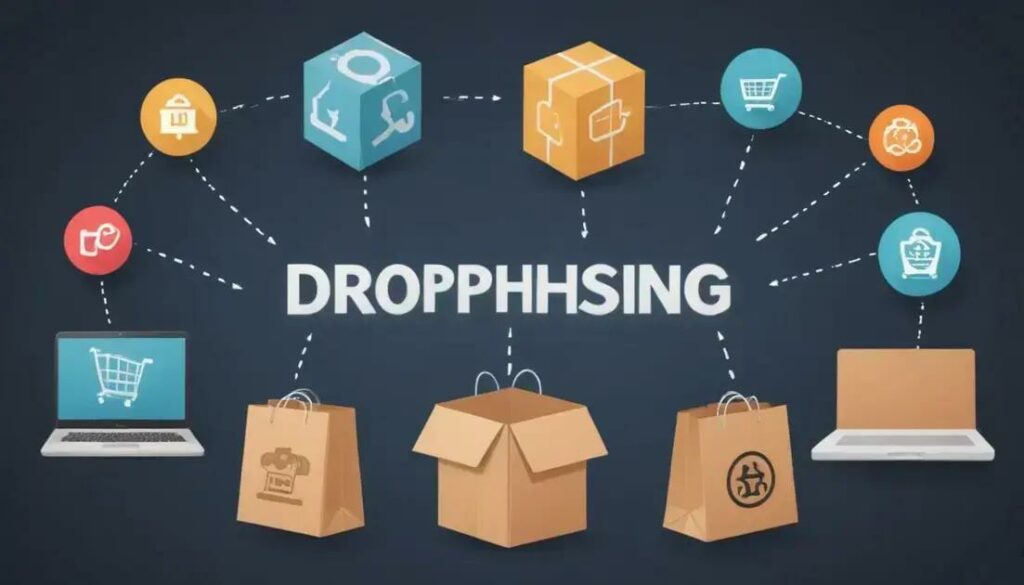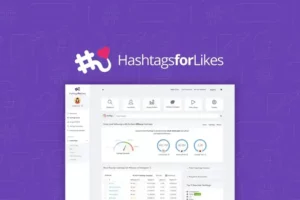Are you curious about the world of online retail? In this guide, we delve into Dropshipping vs E-commerce, two popular business models that savvy entrepreneurs are exploring. Let’s unravel their mysteries together!
When it comes to online selling, two popular options are dropshipping and e-commerce. Each has its own set of pros and cons. Understanding these can help you decide which path is best for you.
What is Dropshipping?
Dropshipping is a business model where you don’t keep products in stock. Instead, when you sell a product, you purchase the item from a third party. That third party then ships it directly to your customer. This means you don’t handle the product yourself.
Pros of Dropshipping
One major advantage of dropshipping is that it requires less capital to start. You don’t need to spend money on inventory upfront. Also, it allows for a wide range of products without storage hassles. You can easily test new products without risking too much.
Cons of Dropshipping
However, dropshipping also has its downsides. You often have less control over shipping times. If your supplier is slow, your customers might be unhappy. And since you’re not handling the product, quality issues can arise.
What is E-commerce?
E-commerce means selling products directly on your site. You hold inventory and manage the shipping yourself. This model gives you more control over your business.
Pros of E-commerce
The biggest benefit of e-commerce is quality control. Since you manage the stock, you can ensure that everything meets your standards. Plus, shipping times can be faster if you handle it yourself.
Cons of E-commerce
On the flip side, e-commerce requires more upfront investment. You need to buy inventory and take care of storage. This can be a barrier for new entrepreneurs.
Key Differences
In short, dropshipping is low-cost and low-risk, while e-commerce provides more control and potentially higher profits. Your choice should depend on your resources, goals, and the level of control you desire.




